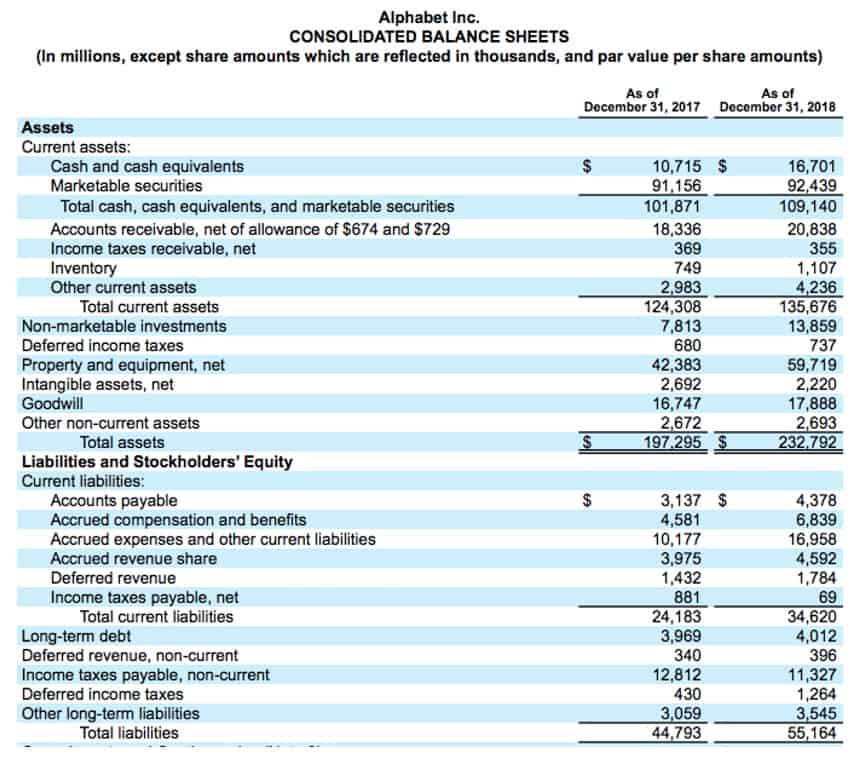
If you know what sales volumes to anticipate, you can manage your inventory accordingly to reduce costs. Any expense incurred in the storage of unsold inventory is referred to as holding costs. These costs can range from warehousing to labor costs, to depreciation and opportunity costs.

Need to Calculate Cost per Unit? Understanding the Importance of Cost per Unit Analysis

The ShipBob dashboard offers real-time visibility into your inventory, orders, and shipments across locations with analytics to help you grow. You local fulfilment partner that’s an extension of your brand, from custom unboxings to fast shipping. Now let us analyse the various uses of the concept in the corporate and financial market. Cost per unit is an important metric as it helps us evaluate many parameters, giving the manufacturers a clear picture of the expenditure with room for improvement.
Cost Per Unit Formula
Depending on the size of the step cost increase, a manager may want to leave capacity where it is and instead outsource additional production, thereby avoiding the additional fixed cost. This is a prudent choice when the need how to calculate cost per unit example for increased capacity is not clear. First, find the total production costs by adding the total fixed costs to the total variable costs.
What is Variable Cost Per Unit?
Partnering with ShipBob is one of the best ways for ecommerce businesses to reduce costs by taking advantage of an international fulfilment presence and storing inventory closer to your customers. Despite the various advantages mentioned above, there are a few factors from the other end of the spectrum that act as a https://www.bookstime.com/ hassle for businesses. Let us understand the disadvantages of the interpretation of a variable cost per unit through the points below.

A thorough understanding of the cost per unit can help determine how much businesses should charge for their products or services to enable efficient operations and maximize profits. Price per unit refers to the price for which a brand sells its products or services, whereas cost per unit refers to the average expense incurred to produce a single unit of a product or service. Pricing reflects both the cost per unit and the profit margin, and setting the right price for finished income statement goods and services is crucial to maintaining profitability. A large organisation can lower unit costs through economies of scale and optimise the market offering price.
Formula for the Cost per Unit
- Discover the best strategies for getting your inventory where it needs to be.
- Variable costs, in contrast to fixed costs, are determined by the quantity of units produced, and they can vary from one calculation to the next.
- Effective inventory management is crucial for keeping per unit costs down.
- Net profit is defined as the difference between total revenue and total cost.
- For example, a small confectionary owner can easily distinguish between fixed costs like rent and salaries and variable costs such as flour, sugar, and labor.
Here is how ShipBob can turn your logistics operations into a revenue driver. For example, working with a wholesale distributor will likely offer you better rates for inventory replenishment. “We love that ShipBob allows us to keep low overhead by not having to do shipping ourselves. So, the business needs to sell the goods at $88 to be profitable at their desired margin.

Buffers are supplies or products kept in place to deal with demand forecasting or supply chain fluctuations that can arise in the future. Improving supply chain management helps reduce excessive inventory across various processes on the supply chain. Avoid excessive safety stocks to prevent stockouts unless you are in a cyclical or seasonal industry. Business owners and managers may look for a more cost-effective manufacturer or a materials supplier in an effort to reduce their total variable cost per unit.
